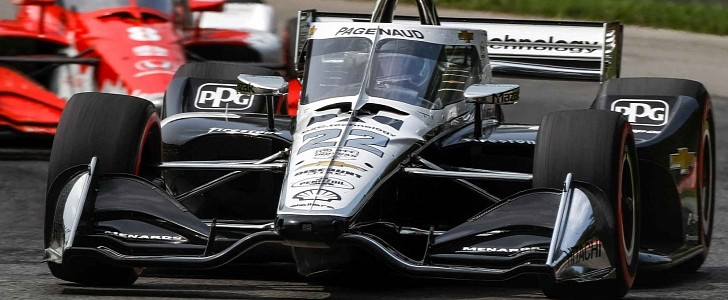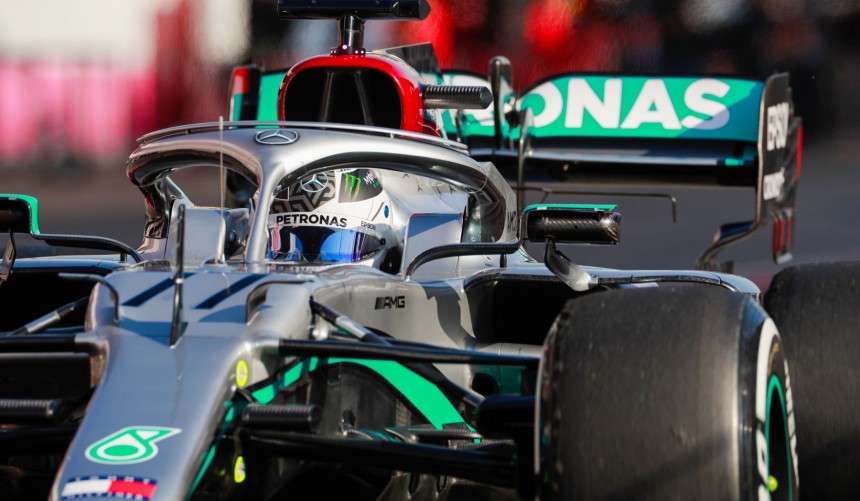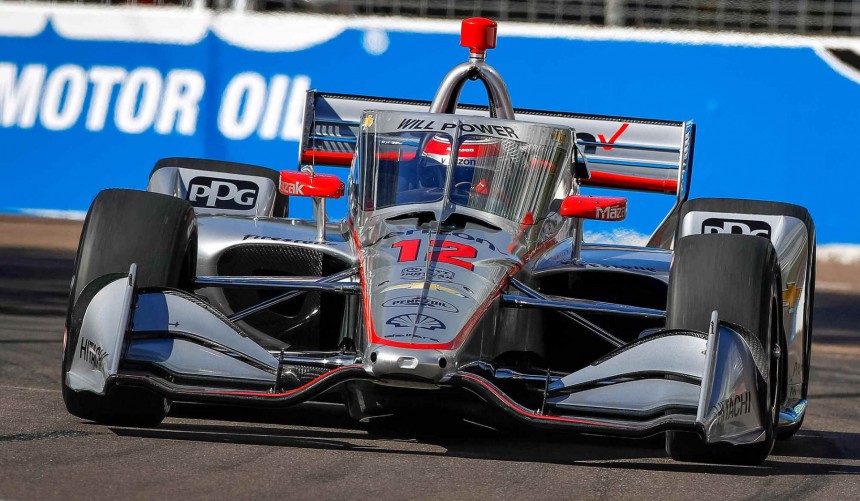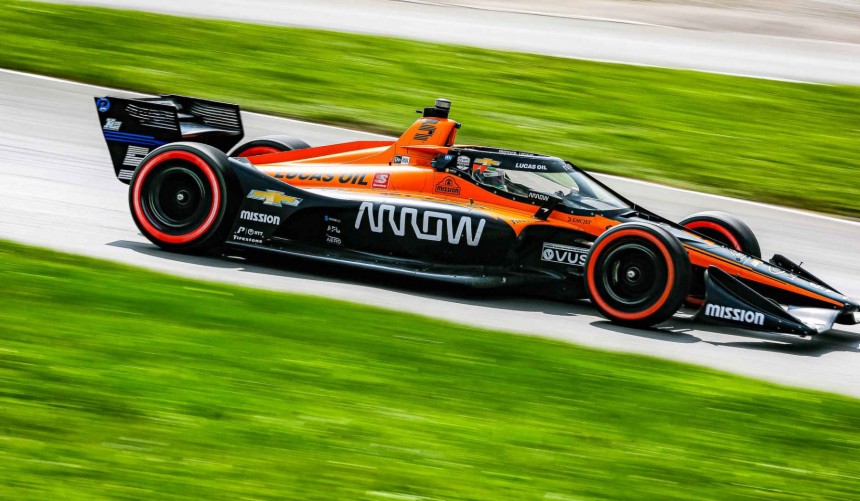The most important safety additions in recent years, the Halo and Aeroscreen have had a massive impact on the designs of our beloved open-wheeled single-seaters and whether we like them or not, they have the potential to save lives.
For years, the governing bodies of both competitions have been experimenting with different designs and devices that increase driver safety, and Formula One was the first to adopt the Halo starting with the 2018 season.
The titanium bar that surrounds the driver and connects to the chassis in three points weighs around 20 lb (9 kg) and theoretically increases the driver’s chance to survive a major accident by 17%.
It’s also massively unappealing to a large number of fans and former drivers. The late Niki Lauda said in 2017, before the device was made mandatory, that “the Halo destroys the DNA of a Formula 1 car. The FIA has got F1 as safe as it gets, and thankfully, the risk for drivers has become minimal." This comes from someone who survived a terrible crash back when F1 cars were a lot less safe and racing was done on the Nordschleife.
However, the device proved itself quickly, shielding Charles Leclerc from Fernando Alonso's airborne McLaren at the 2018 Belgian Grand Prix. It did so again last year, when Romain Grosjean crashed head-on into the barriers at the Bahrain Grand Prix, an impact that split the car in half and caused it to burst into flames.
Before the Halo system was chosen, Formula One teams experimented with several other versions. Ferrari tested the Shield concept and Red Bull Racing devised the Aeroscreen, both of which looked better and were preferred by the drivers.
Although rejected by FIA, the Aeroscreen was embraced by IndyCar where it debuted last season. Able to withstand a maximum load of 34,000 pounds (15 tons), the polycarbonate laminated screen is reinforced by a 3D-printed titanium five-piece frame.
It’s a different beast compared to the Halo, weighing around 40 lbs (18 kg) more and has drastically altered the aerodynamics of the DW12 chassis.
Drivers complained about the way the cars handled, which was a major issue initially. Nevertheless, since it considerably improves safety and does not impede visibility, they quickly embraced it.
“Other than the handling differences, I didn’t notice the screen, to be quite honest with you,” said Josef Newgarden after setting the fastest time in qualifying, prior to the first official race of the 2020 season.
Aesthetically, it doesn’t have the same disturbing effect as the Halo, because cars used to be equipped with smaller windshields in the past. It feels a bit like an evolution of that, although they would look much better without it.
We hope that in the future designers and engineers come up with different solutions for improving driver safety without desecrating the essence of these cars.
Until that happens, we believe the Aeroscreen is the better design. Even if it weighs three times as much as the Halo, it looks less weird and it’s clearly safer thanks to the polycarbonate screen that does a better job of shielding the drivers from oncoming debris.
Purists who loathe these devices believe that the dangers associated with motorsport were always understood by those who choose to be part of it, and the rush of constantly flirting with death was what kept legendary drivers going.
But even purists can agree that legends like Ayrton Senna, Jim Clark, or Gilles Villeneuve, could have competed in many more races if they benefited from innovative safety systems such as the Halo or Aeroscreen.
The titanium bar that surrounds the driver and connects to the chassis in three points weighs around 20 lb (9 kg) and theoretically increases the driver’s chance to survive a major accident by 17%.
It’s also massively unappealing to a large number of fans and former drivers. The late Niki Lauda said in 2017, before the device was made mandatory, that “the Halo destroys the DNA of a Formula 1 car. The FIA has got F1 as safe as it gets, and thankfully, the risk for drivers has become minimal." This comes from someone who survived a terrible crash back when F1 cars were a lot less safe and racing was done on the Nordschleife.
Before the Halo system was chosen, Formula One teams experimented with several other versions. Ferrari tested the Shield concept and Red Bull Racing devised the Aeroscreen, both of which looked better and were preferred by the drivers.
Although rejected by FIA, the Aeroscreen was embraced by IndyCar where it debuted last season. Able to withstand a maximum load of 34,000 pounds (15 tons), the polycarbonate laminated screen is reinforced by a 3D-printed titanium five-piece frame.
Drivers complained about the way the cars handled, which was a major issue initially. Nevertheless, since it considerably improves safety and does not impede visibility, they quickly embraced it.
“Other than the handling differences, I didn’t notice the screen, to be quite honest with you,” said Josef Newgarden after setting the fastest time in qualifying, prior to the first official race of the 2020 season.
We hope that in the future designers and engineers come up with different solutions for improving driver safety without desecrating the essence of these cars.
Until that happens, we believe the Aeroscreen is the better design. Even if it weighs three times as much as the Halo, it looks less weird and it’s clearly safer thanks to the polycarbonate screen that does a better job of shielding the drivers from oncoming debris.
Purists who loathe these devices believe that the dangers associated with motorsport were always understood by those who choose to be part of it, and the rush of constantly flirting with death was what kept legendary drivers going.
But even purists can agree that legends like Ayrton Senna, Jim Clark, or Gilles Villeneuve, could have competed in many more races if they benefited from innovative safety systems such as the Halo or Aeroscreen.









